Picture a world where every car is iconic. But back in reality, many models fail and vanish after one generation, leaving behind a legacy of what could have been. We’re spotlighting 33 such cars that didn’t make it.
We’ll explore the missteps in innovation, divisive designs, and overreaching ambitions that led to their downfall. Yet, not all is lost. Some of these discontinued cars have gained cult status, becoming treasures for collectors and car lovers. Join us as we investigate how their end marked the start of a new chapter in car culture.
Plymouth Prowler (1997)

The Plymouth Prowler debuted in 1997 as a unique, retro-styled sports car. Its production lasted only until 2002, with 11,702 units manufactured. The car’s striking appearance featured a purple metallic paint and innovative use of 400 kilograms of aluminium.
Chevrolet SSR (2003-2006)

The Chevrolet SSR was a unique, short-lived vehicle produced from 2003 to 2006. With its retro looks, this versatile car combined elements of a pickup truck and a convertible, featuring a retractable hardtop. The SSR’s rarity and distinctive design still hold appeal for collectors today.
Lincoln Blackwood (2002)

The Lincoln Blackwood was a luxury pickup truck from Ford Motor Company’s Lincoln division. Launched in 2002, it aimed to provide elegance and power. However, the Blackwood’s limited production run made it a rare vehicle, with only 3,300 examples built. Despite its upscale appeal, the Blackwood failed to capture a significant market share, resulting in its discontinuation after just a single model year.
Honda Element (2003-2011)

The Honda Element was a popular compact crossover SUV introduced in 2003 and discontinued in 2011. Aimed at a younger market with its boxy design and washable interior, the Element eventually fell out of favor as market trends shifted.
Chrysler Crossfire (2004-2008)

The Chrysler Crossfire was a two-seat sports car, introduced in 2004 and discontinued in 2008. Manufactured by Karmann in Germany, it shared 80% of its components with the first-generation Mercedes-Benz SLK. Unfortunately, the Crossfire had some common problems reported by many owners, contributing to its short lifespan and discontinuation after just one generation.
Dodge Magnum (2005-2008)

The Dodge Magnum was a unique muscle wagon that captured attention between 2005 and 2008. It featured a bold design with aggressive, low-slung bodywork and flared fenders. During its short run, the Magnum offered various powertrains, including a high-performance V8 engine in the R/T model. Unfortunately, it also had some reliability issues, like sudden engine shutdowns.
Hummer H2 (2003-2009)
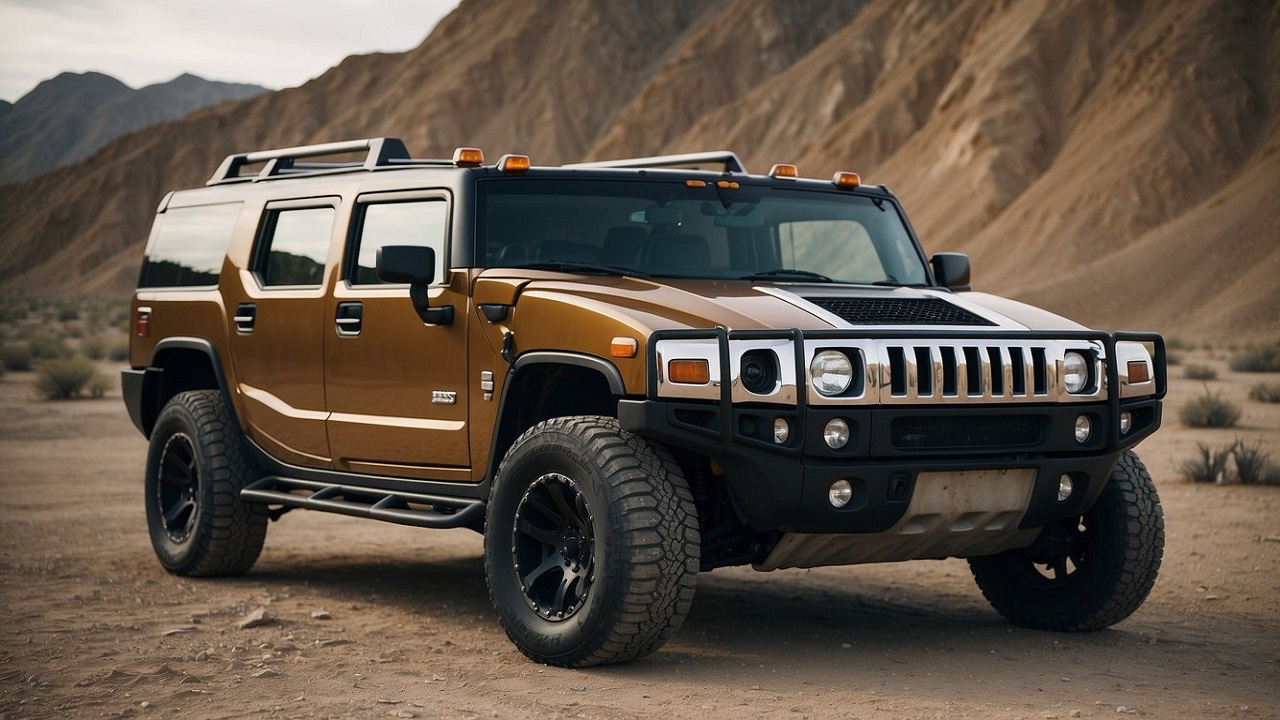
The Hummer H2, a bold SUV by General Motors, debuted in 2002 and was discontinued in 2009. It was known for its military-style design and off-road prowess. However, it didn’t progress beyond its first generation due to its poor fuel economy and the global financial crisis’s impact. Despite facing reliability issues, including faulty actuators, gas cap troubles, and engine problems, the H2 maintains a unique place in automotive history.
Related: 20 Affordable Classic Cars That Are Hidden Gems In The Market!
Fisker Karma (2011-2012)
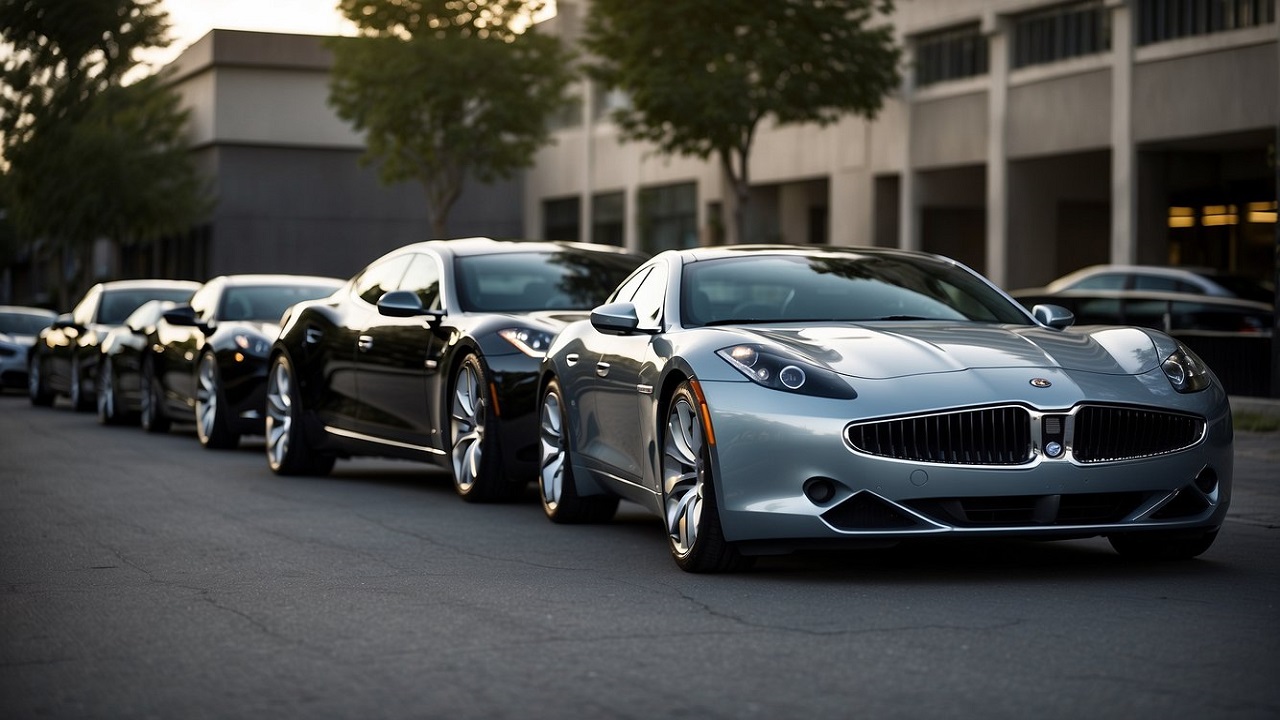
The Fisker Karma was a luxury plug-in range-extended electric sports sedan produced between 2011 and 2012. It had a unique design and was manufactured in Finland. The EPA rated the Karma at 52 mpg-e in all-electric mode. However, its acceleration was not particularly nippy, taking 6.1 seconds to reach 60 mph. Despite its innovation, the Fisker Karma had a short lifespan and didn’t make it past its first generation.
Related: 10 Ultra-Rare Mustangs Most Ford Fanatics Never Heard About!
Scion xB (2004-2015)

The Scion xB, recognizable for its boxy shape, was produced from 2004 to 2015 as part of Toyota’s Scion brand, aimed at younger consumers. Sales dipped with the second generation, partly due to extended intervals between updates, leading to its discontinuation.
Saab 9-4X (2011-2012)
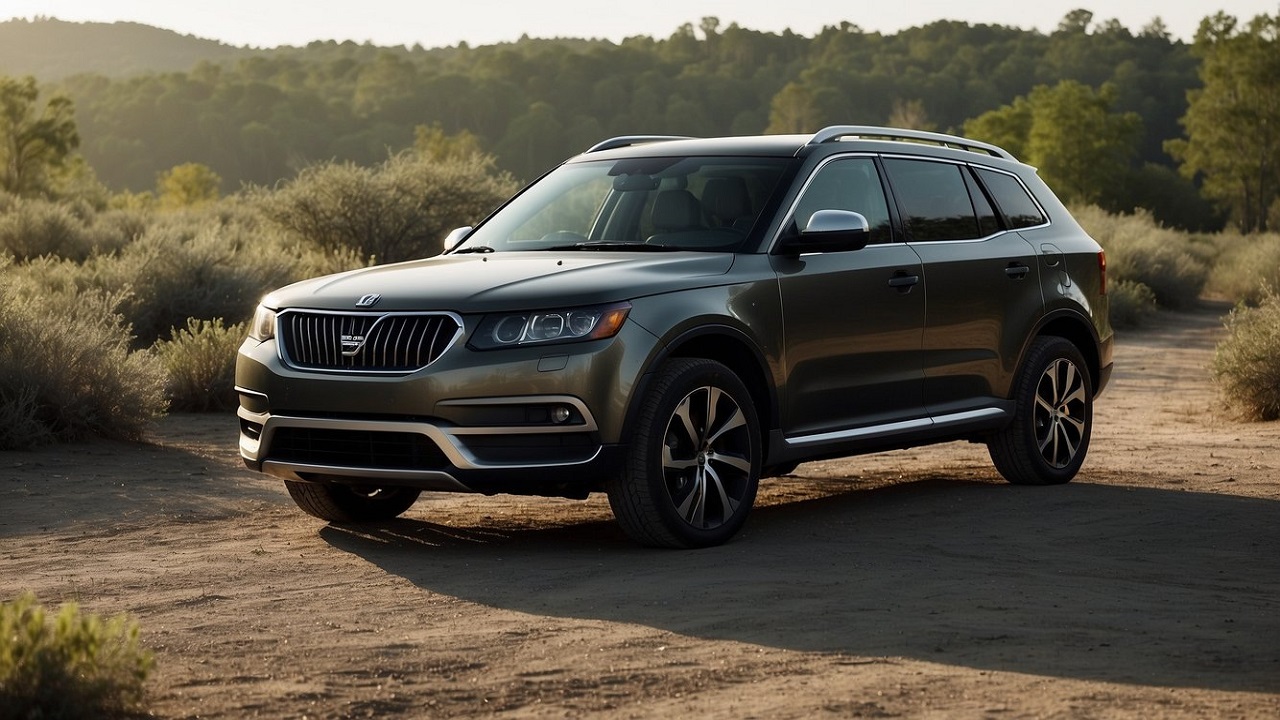
The Saab 9-4X was a short-lived crossover SUV produced between 2011 and 2012. It shared many features with the Cadillac SRX but had a distinctly Swedish touch in its design. With only 814 units produced, its rarity appeals to Saab enthusiasts. Unfortunately, Saab’s financial troubles brought its production to a premature halt, making it a single-generation model.
Related: 17 Unique Reasons Why Toyota Engines Are So Reliable and Long-Lasting!
Dodge Viper (1992-2017)
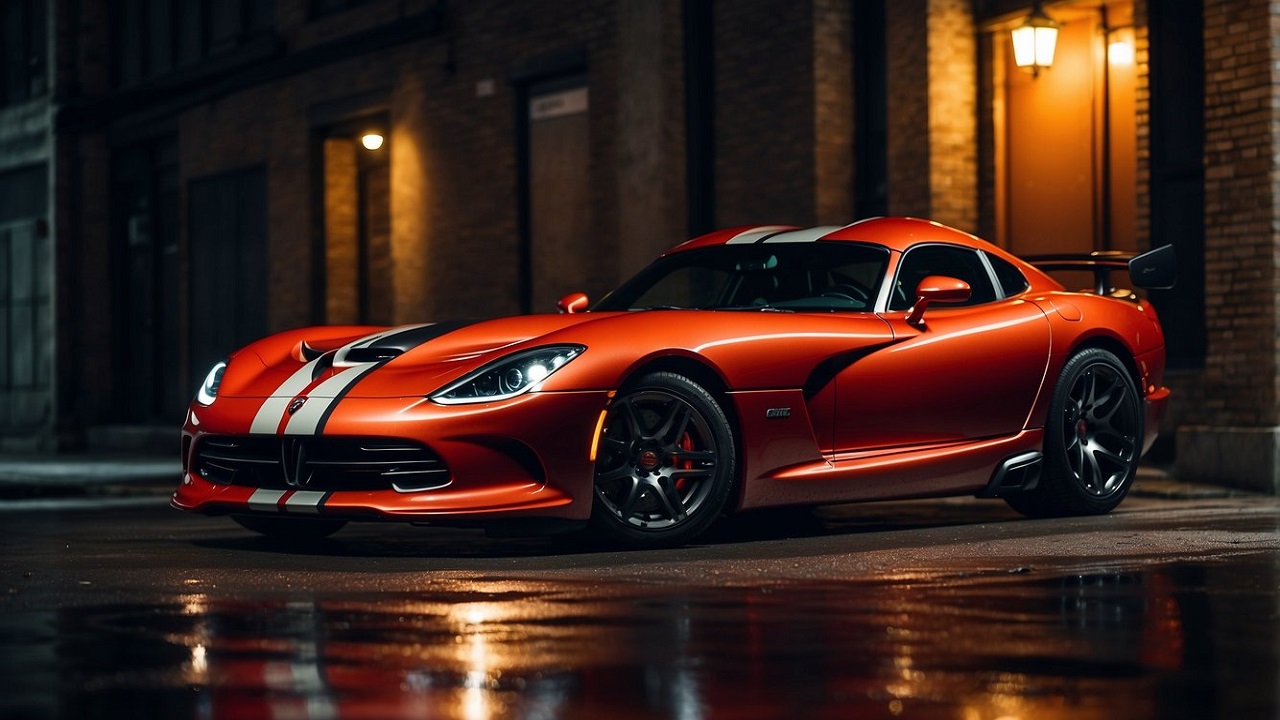
The Dodge Viper, a high-performance sports car, was made from 1992 to 2017. It was known for its bold design and powerful performance. Production ended in August 2017, but the Viper remains an icon among car enthusiasts.
Saturn Astra (2008-2009)
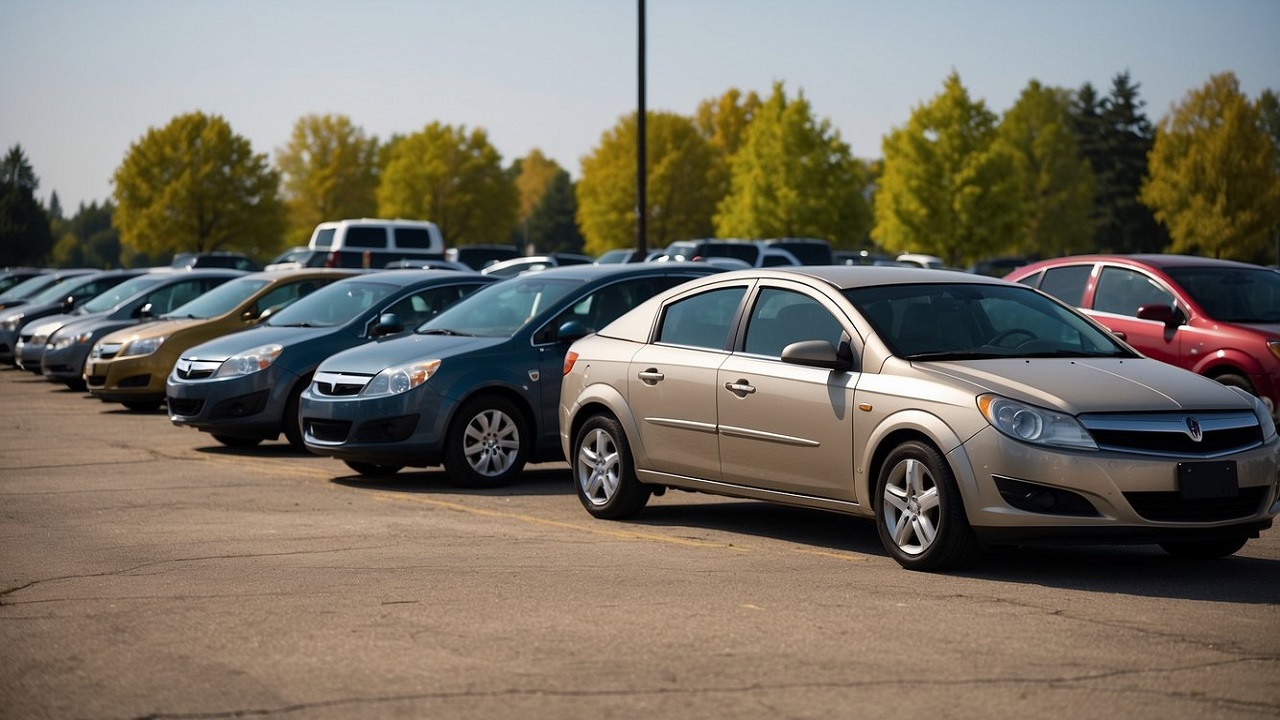
The Saturn Astra (2008-2009) was a compact car introduced by Saturn, a subsidiary of General Motors. It was a rebadged Opel Astra, brought to the North American market in an effort to revive the Saturn brand. Unfortunately, the Astra couldn’t meet the expectations and was discontinued after just two model years. It’s now an obscure footnote in automotive history.
Cadillac ELR (2014-2016)

The Cadillac ELR, a luxury plug-in hybrid coupe, was produced only for the 2014 and 2016 model years. It offered an all-electric range of 37-39 miles and a top speed of 106 mph. Its steep price and unfavorable comparisons to the Chevrolet Volt, a more economical alternative, contributed to its short-lived production.
Acura ZDX (2010-2013)

The Acura ZDX was a unique, mid-size luxury crossover SUV with a sloping rear roofline. Launched in 2010, it featured a 3.7-liter V6 engine producing 300 horsepower. With its distinct design and limited production, the ZDX remains an underappreciated gem. However, its high price and niche market led to its discontinuation after just one generation in 2013.
Hyundai Equus (2011-2016)

Hyundai launched the Equus in 2011, aiming to rival luxury sedans from Mercedes-Benz and BMW. Its peak years were 2012, 2015, and 2016, but it was discontinued after its first generation in 2016. The Equus is noted for its foray into the luxury market, yet it fell short of matching the prestige and allure of established luxury brands.
Jaguar X-Type (2001-2009)
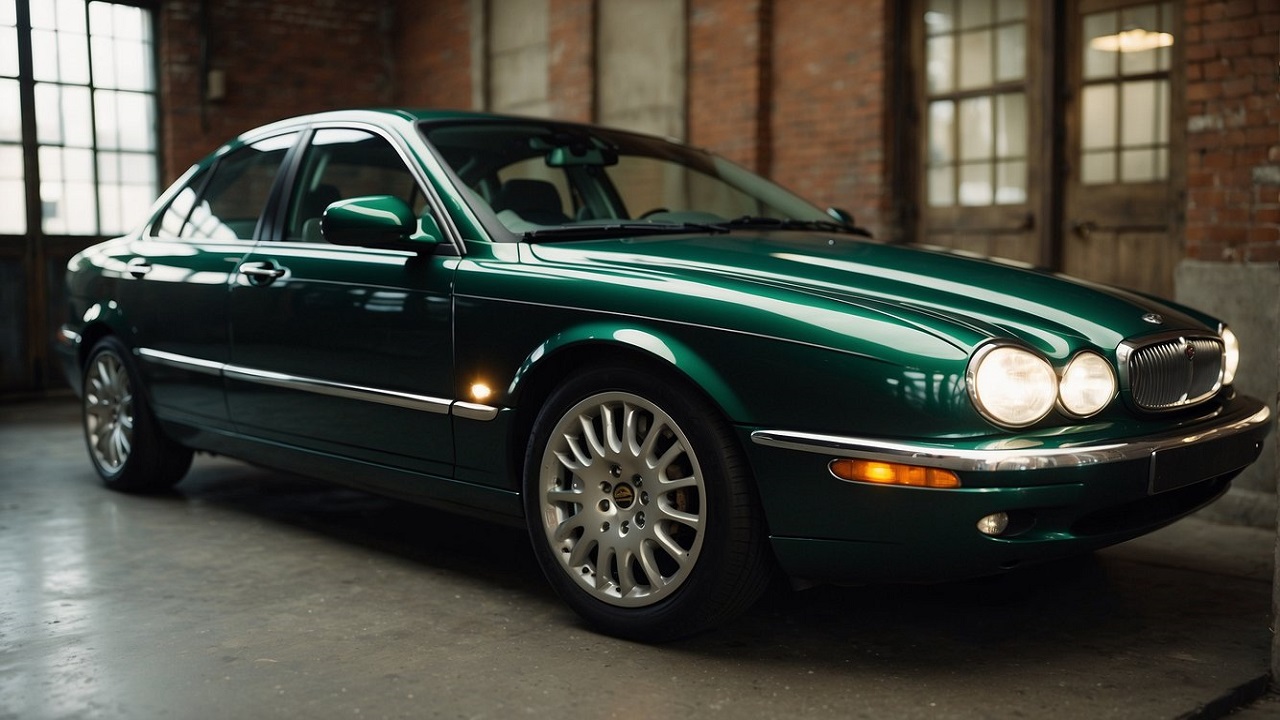
The Jaguar X-Type, produced from 2001 to 2009, was Jaguar’s attempt to enter the compact-executive market segment. Despite its ambitious goals, sales did not reach expectations, with yearly figures struggling to hit half the targeted amount. The X-Type was ultimately discontinued after its first generation.
Dodge Dart (2013-2016)

The Dodge Dart had a short-lived run from 2013 to 2016, and didn’t make it past its first generation. It was a compact car, touted for its reliability and designed for fuel efficiency. However, some owners experienced issues with the vehicle, such as the engine shutting off while driving. Additionally, the 1st-generation Dart has earned a relatively low reliability ranking among Dodge models.
Lexus HS 250h (2010-2012)

The Lexus HS 250h was a compact executive car introduced in 2009. As a fuel-efficient hybrid, it was designed to offer luxury and performance. The HS 250h was equipped with a 2.4L engine and hybrid system, achieving 35 MPG combined. In terms of acceleration, it went from 0-60 MPH in 8.4 seconds, faster than its sibling, the Toyota Prius. However, due to lackluster sales and evolving market tastes, the HS 250h was discontinued in 2012.
Mitsubishi Raider (2006-2009)

The Mitsubishi Raider was a short-lived pickup truck, only produced from 2006 to 2009. It was available in two cab configurations: the Extended and Double Cab, with both V6 and V8 engine options. The Raider met its demise, primarily due to low sales in comparison to competitors like the Toyota Tacoma.
Mercury Mariner (2005-2011)

The Mercury Mariner was a compact crossover SUV introduced in 2005. Sharing its platform with the Mazda Tribute and Ford Escape, it aimed to provide a more upscale option for buyers. The 2005 and 2006 models experienced powertrain issues, more notably – transmission failures and rough shifting. These problems have marked these years as the worst in the first generation.
Suzuki Kizashi (2010-2013)

The Suzuki Kizashi was a mid-size car that made its debut in 2009. It featured a 2.4-liter engine with 185 horsepower and 170 lb-ft of torque. However, the Kizashi only lasted for one generation (2010-2013) due to low sales and Suzuki’s withdrawal from the US market. The Kizashi was considered a promising yet short-lived model in Suzuki’s lineup.
Volvo C30 (2008-2013)
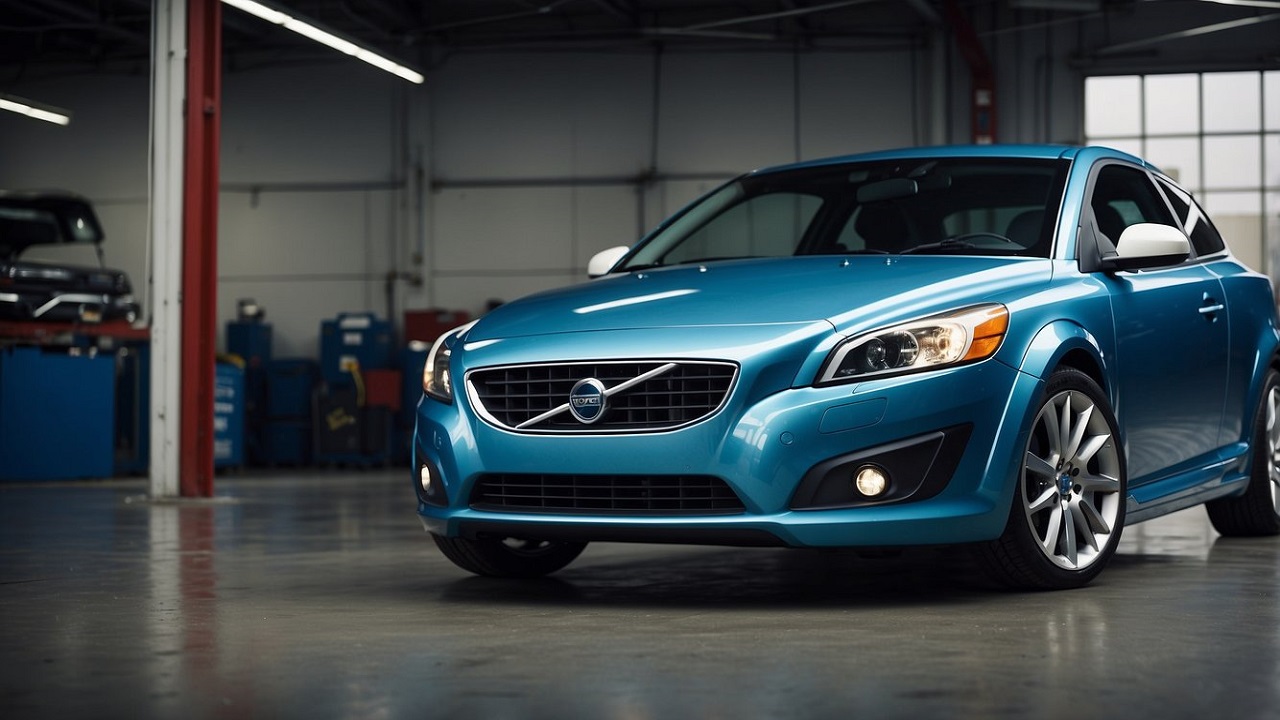
The Volvo C30 is a three-door, front-engine, front-wheel-drive premium compact hatchback that was manufactured and marketed by Volvo Cars from 2008 to 2013. This car was part of the Volvo S40/V50/C70 range and shared the same Ford C1/Volvo P1 platform. Volvo stopped production of the C30, marking the end of its first and only generation.
Chevrolet Beretta (1987-1996)

The Chevrolet Beretta was a coupé produced from 1987 to 1996, a striking exterior but a lackluster engine. The General Motors’ 2.0-liter four-cylinder LL8 was the initial offering. However, various engines were offered throughout its lifetime, such as 2.2, 2.3 (“Quad Four”), and 3.1-liter options. Unfortunately, it didn’t gain enough traction to continue past its first generation.
Subaru Baja (2003-2006)
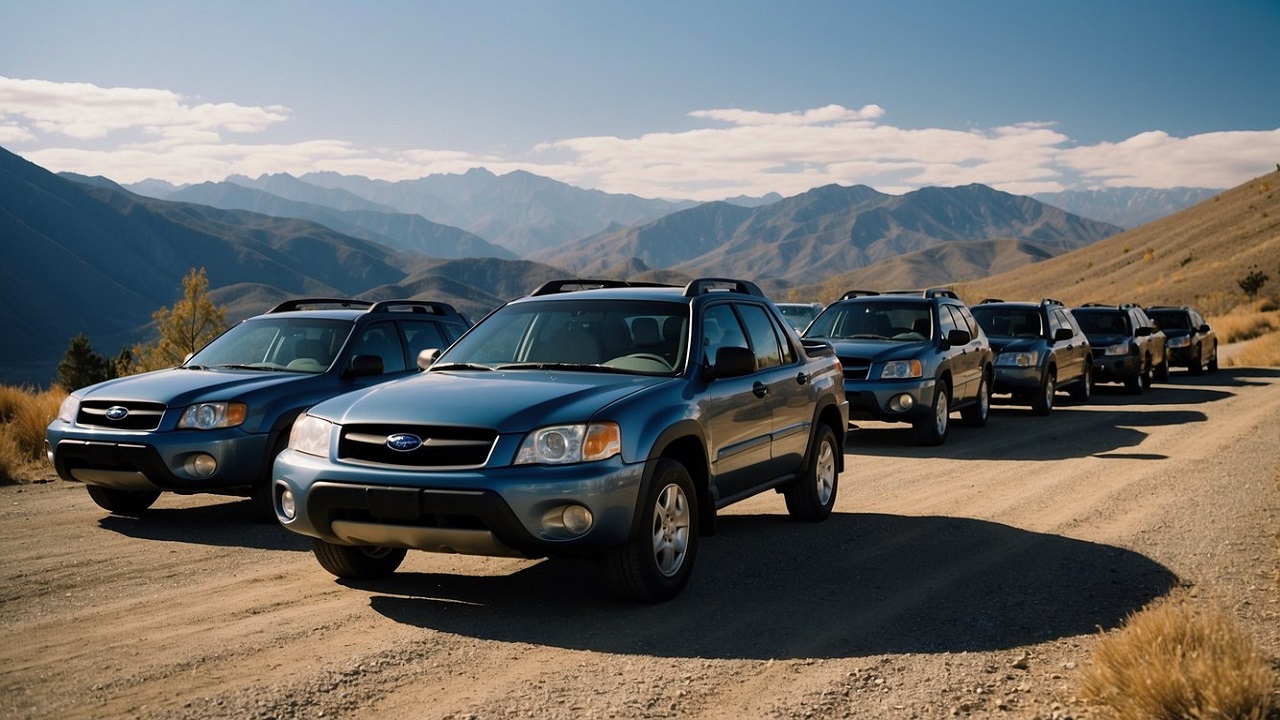
The Subaru Baja was a unique car-truck hybrid produced between 2003 and 2006. It combined the comfort of a four-door sedan with the utility of a compact truck bed. Although innovative, the Baja did not garner impressive sales, with only 10,694 units sold in 2003, leading to its discontinuation after just one generation.
Pontiac Fiero (1983 to 1988)
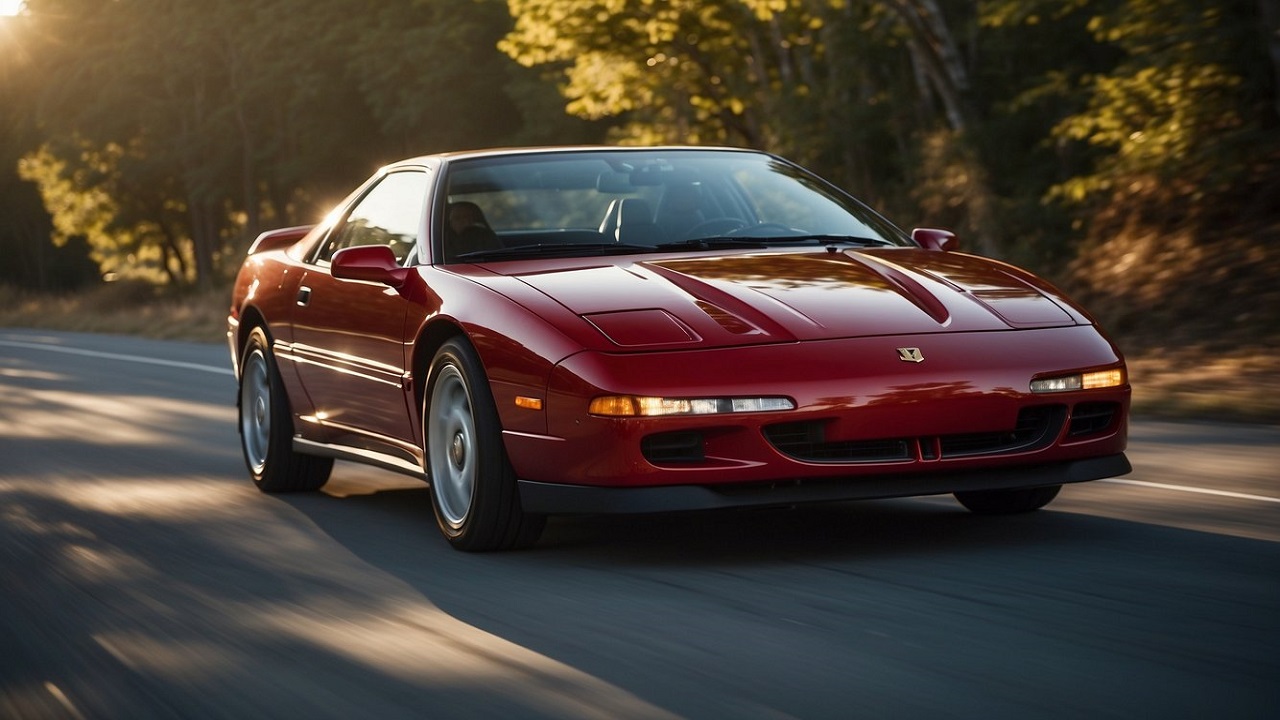
Launched in 1983, the Fiero promised to be a stylish, affordable car with innovative production techniques. Expectations were high, however, due to a series of issues and fierce competition from other sports cars in the market. it was discontinued after just one generation in 1988.
Ford Thunderbird
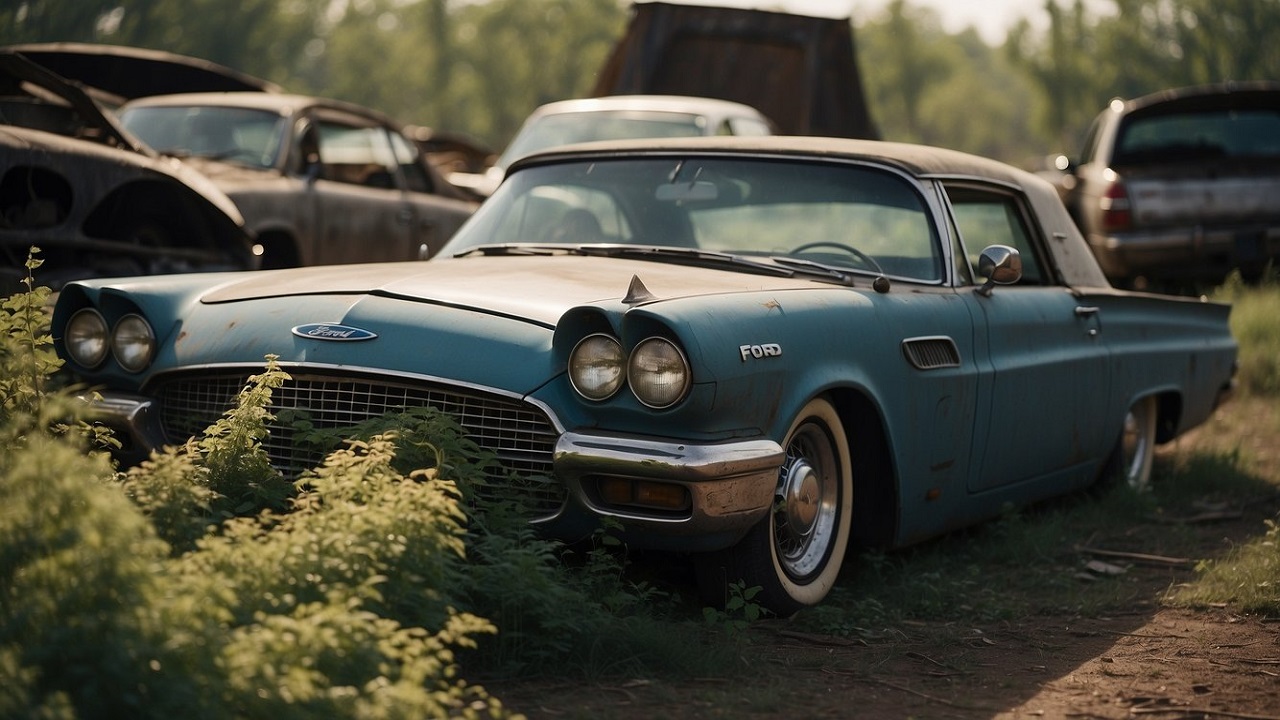
The Ford Thunderbird was a two-seat convertible produced from 1955 to 1957. Initially designed as a response to the Chevrolet Corvette. Despite its iconic beginnings, the Thunderbird eventually cycled through subsequent generations, gradually increasing in size and straying from its initial concept. The first generation remains a beloved classic today.
AMC Eagle (1979 -1987)

The AMC Eagle was a unique compact four-wheel drive car produced by American Motors Corporation (AMC) between 1979 and 1987. Despite its innovative design, sales for the first three years dwindled, and Renault’s merger with AMC in 1983 also affected its marketing. Finally, Chrysler acquired AMC in 1987, leaving the Eagle with only the station wagon model before discontinuing it entirely.
Chrysler Airflow
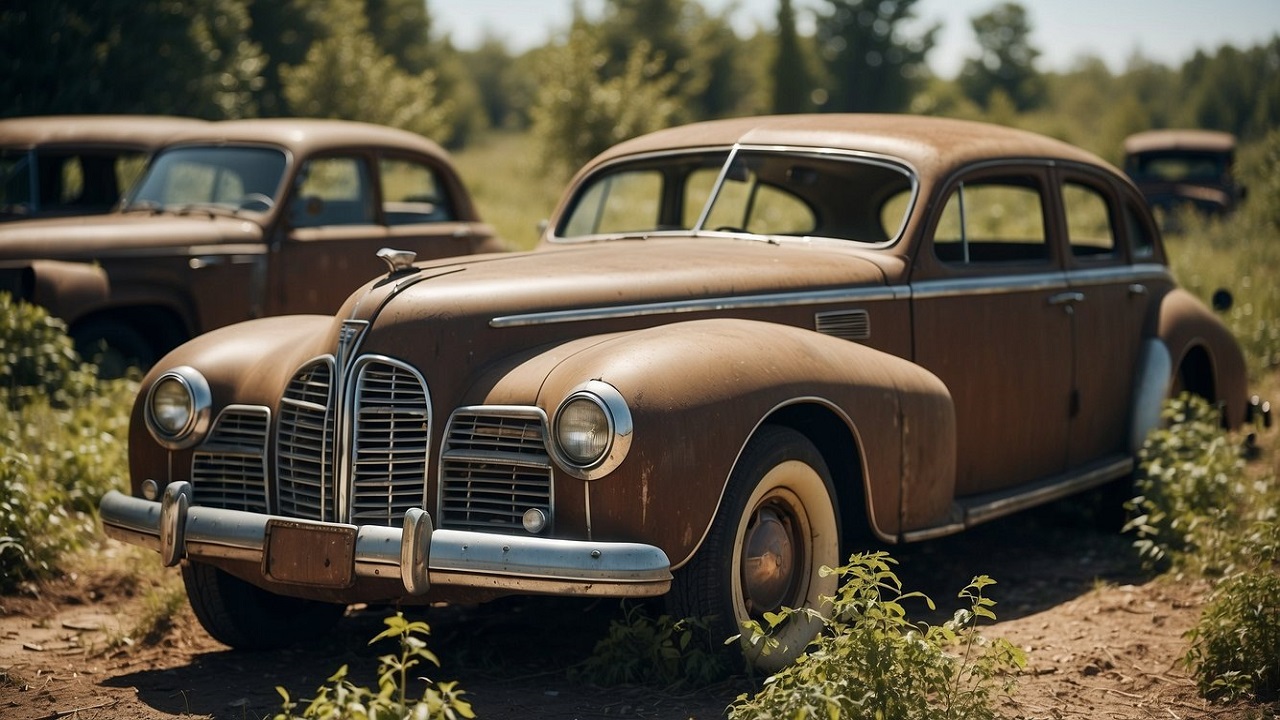
The Chrysler Airflow was a full-size car produced from 1934 to 1937. It was America’s first attempt at a streamlined automobile. However, it turned out to be a commercial failure. Despite its innovative design, the Airflow did not resonate with buyers. Today, it remains a significant example in automotive history as a pioneering aerodynamic car.
Toyota FJ Cruiser

The Toyota FJ Cruiser, a retro-styled SUV, debuted in 2006 and was praised for its off-road prowess and distinctive design. It was discontinued in the US after one generation in 2014. The FJ Cruiser has since become a collector’s favorite, illustrating the automotive industry’s rapid evolution.
Honda S2000

The Honda S2000, a front-mid engine roadster, was made from 1999 to 2009. It featured a 2.0-liter engine with 240 horsepower and revved up to 9,000 rpm. Enthusiasts praised its performance and handling. In 2004, the updated AP2 model came out with a 2.2-liter engine. Despite its appeal, sales declined, and the S2000 ended after one generation. However, it retains a dedicated fan base.
AMC Pacer

The AMC Pacer is a two-door compact car produced by American Motors Corporation from 1975 to 1980. With its rounded shape and large glass area, the Pacer stood out among other cars. Due to several mistakes, the Pacer played a part in American Motors’ demise. Despite its uniqueness, the Pacer only lasted one generation, and its brief time in the spotlight ended.
Pontiac Aztek (2001-2005)
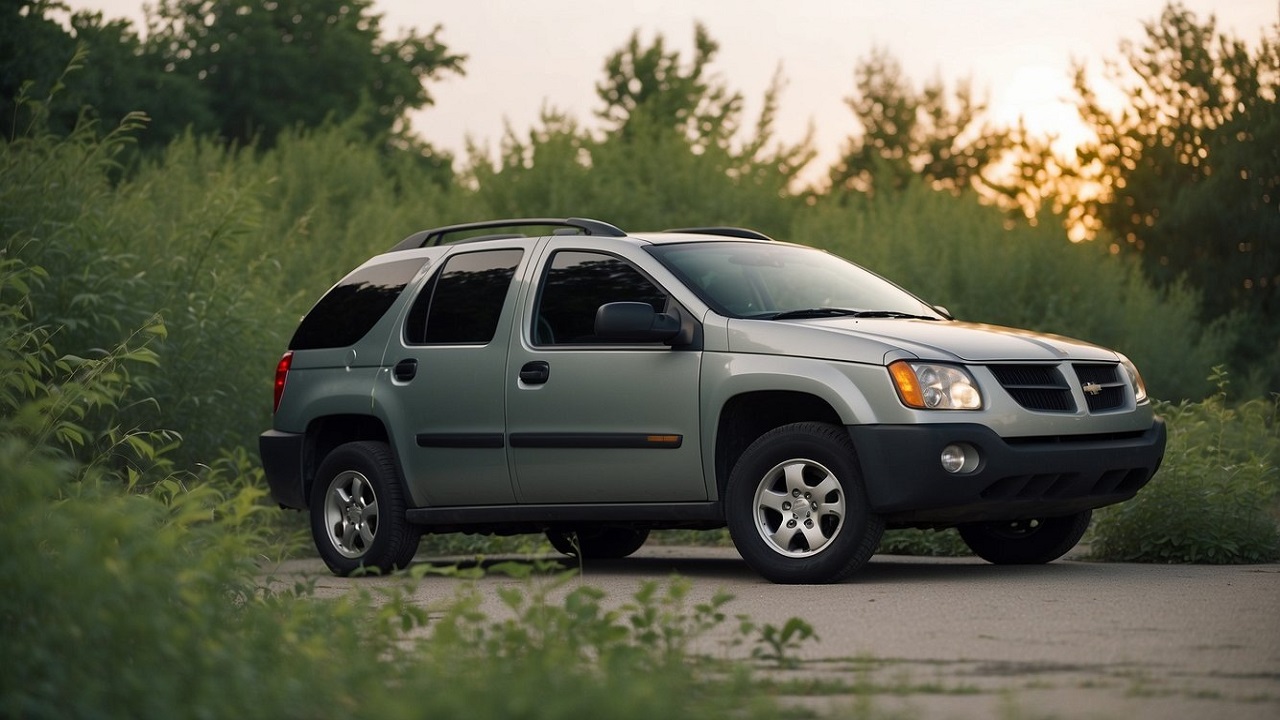
The Pontiac Aztek, produced from 2001 to 2005, was General Motors’ attempt at a daring mid-size crossover SUV. Its polarizing design turned off many buyers. It shared the stage with its twin, the Buick Rendezvous, and offered a V-6 engine with both front-wheel and optional all-wheel drive.
Its sales fell short, hitting just ⅓ of the targeted volume. Even a hasty design refresh couldn’t save it, and the Aztek became a one-generation wonder.
Saturn Ion
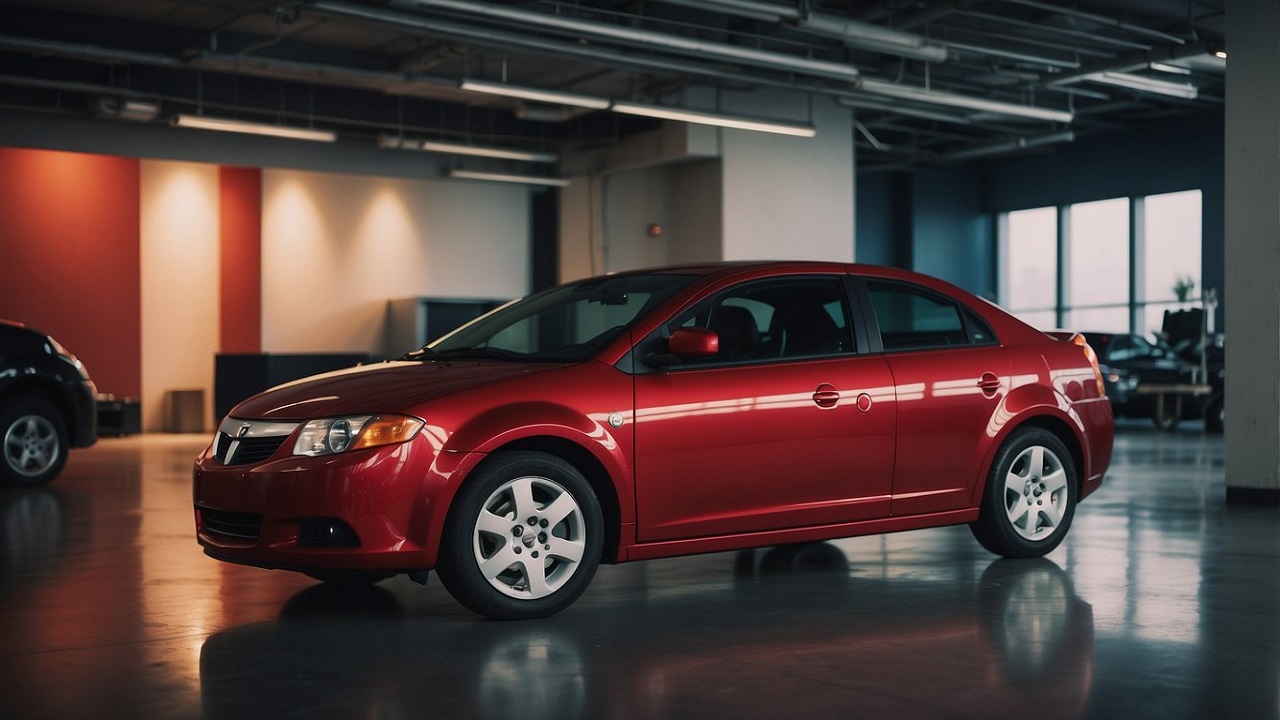
The Saturn Ion, produced from 2003 to 2007, succeeded the S-Series and was followed by the Astra in 2008. Manufactured on GM’s Delta platform, it was the final Saturn passenger car made in Spring Hill, Tennessee. The 2006 Ion was marketed as an economical option, priced between $2,557 and $4,768, but it had a tight interior and minimal tech. Reliability concerns impacted its popularity.



